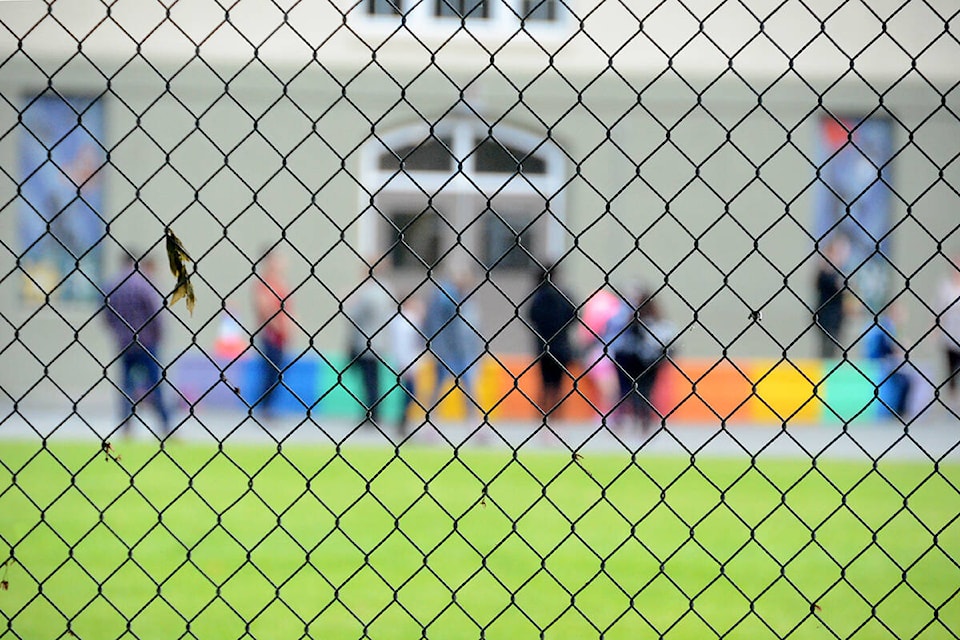Parents of school-aged children in Chilliwack were busy Monday figuring out the next week with a delayed start to school after the Christmas break for most children.
On Dec. 29, provincial health officer Dr. Bonnie Henry said that children of essential workers would return to school on Jan. 3 or 4, with all other K-12 children heading back on Jan. 10.
Education Minister Jennifer Whiteside then said schools would be open for children of health-care workers along with students with additional needs.
READ MORE: B.C. schools to have a staggered re-start in January; essential workers’ kids return first
The announcements led to some confusion regarding who exactly is deemed essential. A provincial list of essential workers urges the prioritization of in-person schooling for health-care workers as well as those in health services, social services, law enforcement and first responders.
Parents of Chilliwack School District students were directed to a letter on the district’s website from Superintendent Rohan Arul-pragasam clarifying the district’s interpretation of the provincial order.
“During the week of January 4, schools will be open to supporting children of essential service workers in the health care system, students with special needs, and vulnerable students,” he wrote.
Parents were told to contact their school’s principal on Monday to inquire about whether or not they could send their children to school on Tuesday.
Arul-pragasam provided a list of additional preventive health and safety measures that will be implemented before all students return to school on January 10.
Those include:
•Implementing strategies that prevent crowding during class transition times;
•Maximizing space between people; avoiding face to face seating where possible;
•Holding school gatherings and events (e.g., assemblies, etc.) virtually; if they must be in-person, limit the number of people to no more than 50 per cent operating capacity;
•Holding staff-only gatherings (e.g., meetings, professional development activities) virtually where possible;
•Limiting visitors to those who are supporting activities that directly benefit student learning and well-being (e.g., teacher candidates, immunizers, meal program volunteers, etc.);
•Pausing extracurricular sports tournaments, although individual games and practices can still occur.
“The District and the Ministry recognizes the importance of in-person learning and the pivotal role it plays in children’s intellectual, social development, and mental health wellness,” Arul-pragasam wrote. “As a result, it is important that we all pull together and do what is necessary to continue to reduce the comparative risk in schools, including encouragingeveryone who is eligible to get fully vaccinated to do so.”
Do you have something to add to this story, or something else we should report on? Email:
editor@theprogress.com
Like us on Facebook and follow us on Twitter.
